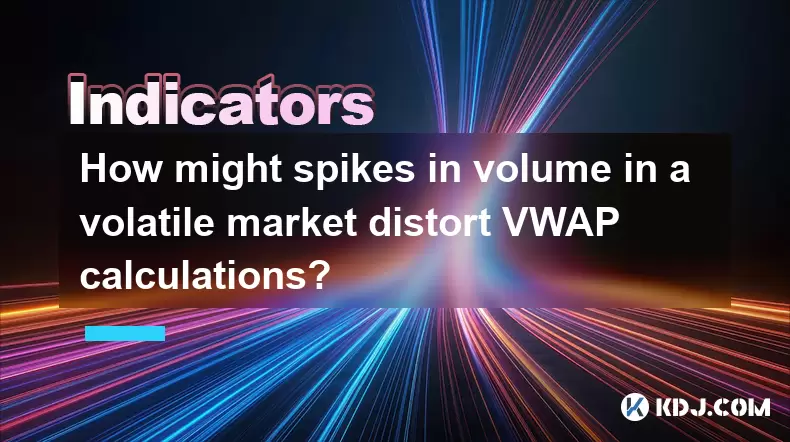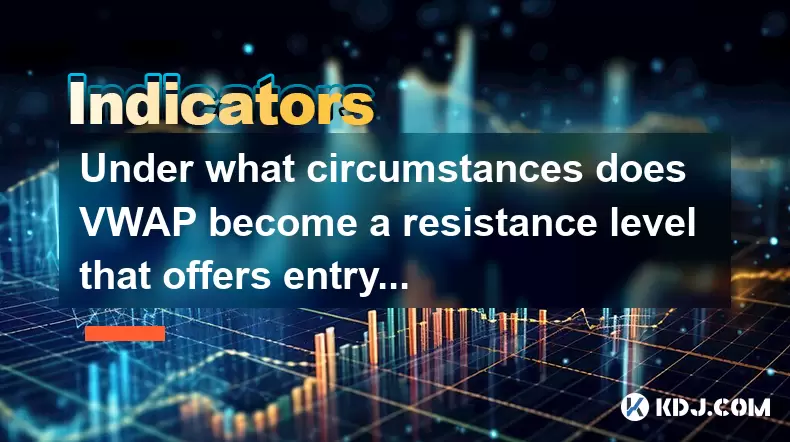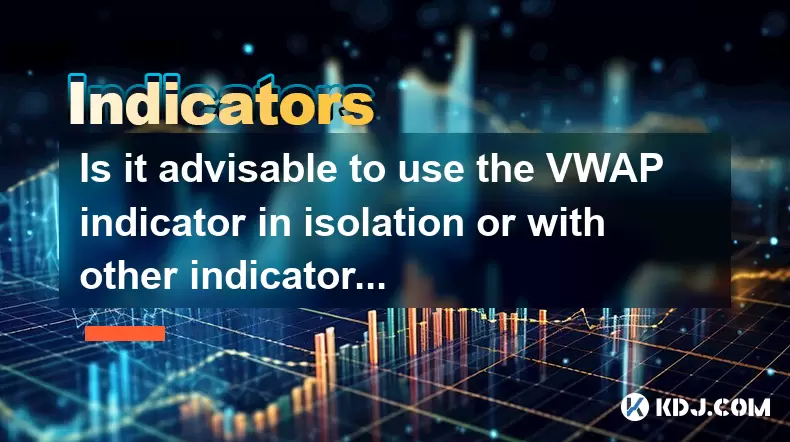-
 Bitcoin
Bitcoin $117700
-0.03% -
 Ethereum
Ethereum $3805
0.49% -
 XRP
XRP $3.098
-1.00% -
 Tether USDt
Tether USDt $1.000
0.03% -
 BNB
BNB $792.8
-1.72% -
 Solana
Solana $177.9
-1.95% -
 USDC
USDC $1.000
0.02% -
 Dogecoin
Dogecoin $0.2202
-1.55% -
 TRON
TRON $0.3278
-2.92% -
 Cardano
Cardano $0.7641
-2.43% -
 Hyperliquid
Hyperliquid $42.21
-2.68% -
 Sui
Sui $3.758
-1.58% -
 Stellar
Stellar $0.4080
-3.21% -
 Chainlink
Chainlink $17.75
-0.33% -
 Bitcoin Cash
Bitcoin Cash $591.8
4.96% -
 Hedera
Hedera $0.2561
-3.09% -
 Avalanche
Avalanche $23.34
-4.24% -
 Litecoin
Litecoin $110.7
1.96% -
 UNUS SED LEO
UNUS SED LEO $8.956
-0.01% -
 Toncoin
Toncoin $3.410
0.79% -
 Ethena USDe
Ethena USDe $1.001
0.03% -
 Shiba Inu
Shiba Inu $0.00001288
-1.82% -
 Uniswap
Uniswap $10.07
-2.06% -
 Polkadot
Polkadot $3.807
-2.27% -
 Monero
Monero $308.2
-2.15% -
 Dai
Dai $1.000
0.03% -
 Bitget Token
Bitget Token $4.521
-0.30% -
 Pepe
Pepe $0.00001134
-1.52% -
 Cronos
Cronos $0.1457
0.65% -
 Aave
Aave $274.9
-2.47%
What are the advantages of using the WMA indicator for crypto?
The Weighted Moving Average (WMA) gives more weight to recent prices, making it highly responsive to crypto market shifts and ideal for spotting early trend changes.
Jul 30, 2025 at 03:21 pm

Understanding the WMA Indicator in Cryptocurrency Trading
The Weighted Moving Average (WMA) is a technical analysis tool widely used in cryptocurrency trading to identify trends and potential reversal points. Unlike the Simple Moving Average (SMA), which assigns equal weight to all data points, the WMA gives greater importance to recent price data, making it more responsive to new market information. This responsiveness is particularly valuable in the fast-moving crypto markets, where prices can shift dramatically in short timeframes. The calculation of WMA involves multiplying each closing price by a weighting factor, with the most recent price receiving the highest multiplier. The sum of these weighted values is then divided by the sum of the multipliers to produce the average.
For example, in a 5-period WMA, the most recent closing price is multiplied by 5, the previous by 4, and so on down to 1. The formula is:
WMA = (P₁×5 + P₂×4 + P₃×3 + P₄×2 + P₅×1) / (5+4+3+2+1)
This ensures that the indicator reflects the current market sentiment more accurately than lagging averages.
Improved Sensitivity to Price Changes
One of the primary advantages of using the WMA in crypto trading is its enhanced sensitivity to recent price movements. Due to the weighting mechanism, the WMA reacts faster to sudden price changes compared to the SMA or even the Exponential Moving Average (EMA) in certain configurations. This is crucial in the cryptocurrency space, where news events, whale movements, or macroeconomic shifts can cause sharp volatility.
- Greater emphasis on recent data allows traders to detect trend shifts earlier
- Reduced lag means signals are generated closer to actual price turning points
- Faster crossovers between short and long-term WMAs can indicate entry or exit opportunities sooner
For instance, when the 10-day WMA crosses above the 50-day WMA on a Bitcoin chart, it may signal the start of an uptrend earlier than an SMA-based system would detect. This timeliness can be the difference between capturing a profitable move and entering too late.
Smoothing Out Noise While Retaining Relevance
Cryptocurrency price charts are often cluttered with short-term fluctuations that can mislead traders. The WMA helps filter out market noise while still maintaining relevance to current conditions. By assigning diminishing weights to older data, it avoids being overly influenced by outdated price action, yet it doesn’t discard historical context entirely.
- Balances responsiveness and stability by not overreacting to single price spikes
- Preserves trend continuity during consolidation phases
- Reduces false signals compared to raw price data or unweighted averages
When applied to volatile assets like Dogecoin or Shiba Inu, the WMA can help distinguish between genuine breakouts and temporary pumps driven by social media hype. Traders can use this clarity to avoid impulsive decisions based on fleeting price surges.
Integration with Other Technical Tools
The WMA is highly compatible with other indicators and charting techniques, enhancing its utility in a comprehensive trading strategy. When combined with tools like Relative Strength Index (RSI) or MACD, the WMA can confirm trend strength and momentum.
- Use WMA crossovers as trend confirmation when RSI exits oversold/overbought zones
- Align WMA direction with MACD histogram expansion to validate bullish or bearish momentum
- Apply WMA as dynamic support/resistance levels in conjunction with Fibonacci retracements
To set up a dual-WMA system on a trading platform like TradingView:
- Open the chart for your desired cryptocurrency
- Click on "Indicators" and search for "Weighted Moving Average"
- Add two WMAs: one with a shorter period (e.g., 10) and one longer (e.g., 30)
- Customize colors for clarity (e.g., green for short-term, red for long-term)
- Enable alerts for crossovers under the "Alerts" tab
This configuration allows for real-time monitoring of trend changes without constant manual chart checking.
Customization for Different Timeframes and Assets
The flexibility of the WMA makes it suitable across various trading styles and crypto assets. Day traders focusing on Binance Coin or Solana may use a 3-period and 8-period WMA on 5-minute charts for scalping, while swing traders might prefer a 20-day and 50-day WMA on daily charts for Ethereum or Bitcoin.
- Shorter WMAs (3–10 periods) suit intraday strategies
- Medium-term WMAs (14–20) work well for swing trading
- Longer WMAs (50+) help identify major trend directions
Adjusting the period settings based on volatility and trading goals allows for personalized optimization. For highly volatile altcoins, increasing the period slightly can prevent whipsaws, while stablecoins may require tighter settings due to narrower price ranges.
Backtesting and Strategy Validation
Traders can use historical data to test WMA-based strategies before risking capital. Most platforms support strategy testing using WMA logic. To backtest a basic WMA crossover system:
- Select a cryptocurrency pair and timeframe
- Apply two WMAs (e.g., 10 and 20 periods)
- Define entry: when short-term WMA crosses above long-term WMA
- Define exit: when short-term WMA crosses below long-term WMA
- Use built-in strategy tester to run the simulation
- Analyze performance metrics like win rate, profit factor, and drawdown
This process helps determine whether the WMA configuration is effective for a specific asset under past market conditions, offering insight into its potential reliability.
Frequently Asked Questions
How does WMA differ from EMA in crypto trading?
While both prioritize recent prices, the WMA uses a linear weighting system, assigning whole numbers (e.g., 5, 4, 3…), whereas the EMA applies a smoothing constant that exponentially decays older values. The WMA’s weighting is more transparent and predictable, making it easier to interpret during rapid price swings.
Can WMA be used on non-candlestick charts?
Yes, WMA can be applied to line, area, or hollow candle charts. However, it is typically calculated using closing prices, so the accuracy depends on the data source. Ensure your charting platform uses the correct price point (usually close) for consistency.
Is WMA effective during low-volume periods in crypto?
During low liquidity, price movements may be exaggerated. The WMA can still function, but signals should be cross-verified with volume indicators. A WMA crossover accompanied by rising volume is more reliable than one occurring in a thin market.
What crypto pairs respond best to WMA signals?
Major pairs like BTC/USDT, ETH/USDT, and BNB/USDT tend to generate more reliable WMA signals due to higher liquidity and smoother trends. Low-cap altcoins with erratic price action may produce frequent false crossovers, requiring additional filters.
Disclaimer:info@kdj.com
The information provided is not trading advice. kdj.com does not assume any responsibility for any investments made based on the information provided in this article. Cryptocurrencies are highly volatile and it is highly recommended that you invest with caution after thorough research!
If you believe that the content used on this website infringes your copyright, please contact us immediately (info@kdj.com) and we will delete it promptly.
- LYNO Token Presale: AI Arbitrage Revolution in DeFi
- 2025-07-31 05:11:11
- Pepecoin Successors: Can These Cryptocurrencies Make You a Millionaire?
- 2025-07-31 05:50:12
- AML Bitcoin Fraud: Cracking Down on Crypto Crime in the Big Apple and Beyond
- 2025-07-31 04:33:53
- Cardano (ADA) in 2025: Navigating Crypto's Future
- 2025-07-31 03:52:07
- Solana Meme Coin Price Prediction: Will the Frog Outleap the Dog?
- 2025-07-31 03:52:07
- Bitcoin's Bullish Outlook: CryptoQuant's Insights on Futures Market Cooling
- 2025-07-31 03:59:10
Related knowledge

How to use the AVL indicator with MACD for better signals?
Jul 31,2025 at 09:22am
Understanding the AVL Indicator and Its Role in Cryptocurrency TradingThe AVL indicator, also known as the Accumulation Volume Line, is a volume-based...

How to identify sell signals with the AVL indicator?
Jul 31,2025 at 07:09am
Understanding the AVL Indicator and Its Core ComponentsThe AVL indicator, also known as the Accumulation Volume Line, is a volume-based technical anal...

How does the VWAP line help in identifying overbought and oversold market conditions?
Jul 31,2025 at 05:19am
Understanding the VWAP Line and Its Role in Technical AnalysisThe Volume Weighted Average Price (VWAP) is a critical tool used by traders within the c...

How might spikes in volume in a volatile market distort VWAP calculations?
Jul 31,2025 at 07:40am
Understanding VWAP and Its Core ComponentsVWAP, or Volume-Weighted Average Price, is a trading benchmark that gives the average price a cryptocurrency...

Under what circumstances does VWAP become a resistance level that offers entry opportunities?
Jul 31,2025 at 08:57am
Understanding the Basics of Staking in CryptocurrencyStaking is a process used in proof-of-stake (PoS) blockchain networks to validate transactions an...

Is it advisable to use the VWAP indicator in isolation or with other indicators?
Jul 31,2025 at 06:48am
Understanding the VWAP Indicator and Its Core FunctionalityThe Volume Weighted Average Price (VWAP) is a widely used technical analysis tool in the cr...

How to use the AVL indicator with MACD for better signals?
Jul 31,2025 at 09:22am
Understanding the AVL Indicator and Its Role in Cryptocurrency TradingThe AVL indicator, also known as the Accumulation Volume Line, is a volume-based...

How to identify sell signals with the AVL indicator?
Jul 31,2025 at 07:09am
Understanding the AVL Indicator and Its Core ComponentsThe AVL indicator, also known as the Accumulation Volume Line, is a volume-based technical anal...

How does the VWAP line help in identifying overbought and oversold market conditions?
Jul 31,2025 at 05:19am
Understanding the VWAP Line and Its Role in Technical AnalysisThe Volume Weighted Average Price (VWAP) is a critical tool used by traders within the c...

How might spikes in volume in a volatile market distort VWAP calculations?
Jul 31,2025 at 07:40am
Understanding VWAP and Its Core ComponentsVWAP, or Volume-Weighted Average Price, is a trading benchmark that gives the average price a cryptocurrency...

Under what circumstances does VWAP become a resistance level that offers entry opportunities?
Jul 31,2025 at 08:57am
Understanding the Basics of Staking in CryptocurrencyStaking is a process used in proof-of-stake (PoS) blockchain networks to validate transactions an...

Is it advisable to use the VWAP indicator in isolation or with other indicators?
Jul 31,2025 at 06:48am
Understanding the VWAP Indicator and Its Core FunctionalityThe Volume Weighted Average Price (VWAP) is a widely used technical analysis tool in the cr...
See all articles

























































































